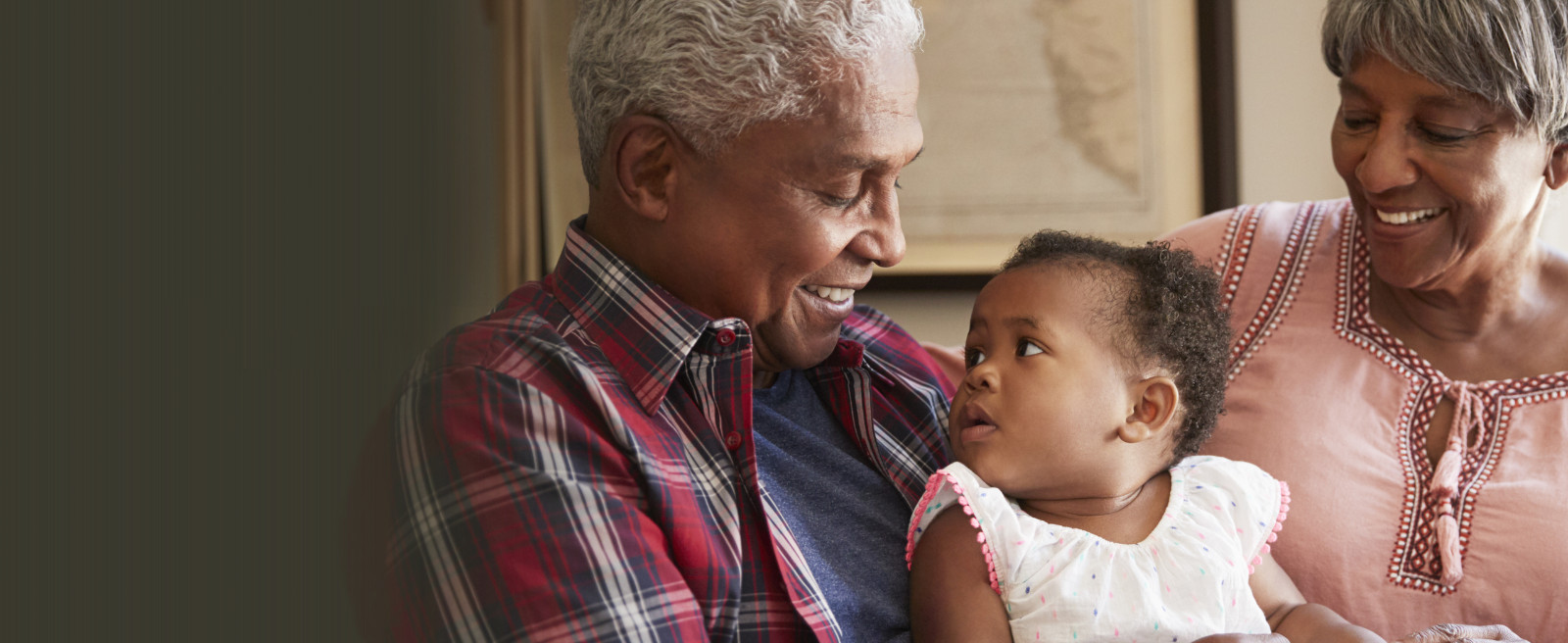Caregiving Trends – Millennials As Caregivers
Now an Integral Part of the Care Community

The vast majority of individuals living with Alzheimer’s disease and related dementias are receiving in-home care— nearly 80 percent, according to the U.S. Centers for Disease Control and Prevention (CDC). What might be surprising is just how many millennials are engaged in the caregiving.
While Baby Boomers (defined as people born between the years 1946 and 1964) still make up the largest portion of family caregivers by generation (34 percent), according to a 2020 report by AARP and the National Alliance for Caregiving (NAC), millennials are not far behind— accounting for nearly a quarter of all family caregivers in the United States (23 percent). Typically, they are caring for a parent or grandparent with a long-term physical condition (such as a dementia-related illness) in a “moderate-to-high intensity care situation,” providing approximately 25 hours a week of unpaid care to their loved one.
An aging population, combined with the fact that dementia-related illnesses are projected to further grow in prevalence, means that millennials will play an increasing role in family caregiving.
Why millennials are well suited
Millennials have many qualities that make them effective caregivers:
They’re comfortable using technology.
Millennials grew up as technology was doing the same— they’re old enough to remember life without smartphones, apps, social media, and the internet, but young enough to be early adopters of these technological advances. Since technology has been integral in their lives from an early age (they were among the first to grow up with computers in the home), they are extremely comfortable with it.
That’s incredibly important in an increasingly virtual world. They are able to take advantage of a variety of caregiver support resources through technology: monitoring tools for safety (app-controlled home cameras and door alarms), ride-sharing apps (such as Uber or Lyft) to facilitate travel for medical appointments, online ordering for household items such as food and clothing, telemedicine, and tech-enabled pharmacy services.
Even if they are not the primary caregiver and live elsewhere, millennials’ technological comfort allows them to provide support by doing internet research, arranging for services such as grocery delivery, and setting up automatic bill payments or paying bills online. All of this can ease the challenges of caregiving.
They’re adaptable.
Because they’ve lived with and without modern technology, millennials can adapt quickly to different situations (and help their elders adapt as well).
They’re emotionally invested.
Despite the responsibilities, challenges, and nuances of caregiving, millennials were the most likely group to say caregiving was rewarding, according to a February 2021 Forbes article—91 percent of millennials in the U.S. and 88 percent internationally found caregiving fulfilling. The aforementioned AARP/NAC study also found most millennials got a sense of purpose from their caregiving role.
Challenges faced by millennial caregivers
Like any caregivers, millennials have their strengths, but also face challenges that are less common among their older contemporaries—many related to money, according to the AARP/NAC study.
Less financial means.
Because they are younger (on average 30 years old), at the beginning of their careers, and had shorter earning timeas compared to older caregivers, millennial caregivers have lower household incomes and more often report high levels of financial strain because of their caregiving responsibilities, such as increased debt, delaying/ forgoing bill payments, borrowing money from family or friends, and being unable to afford basic expenses such as food. Although they are typically working while providing care, they are usually in an hourly position.
Additionally, millennials are more often single (having never been married), leaving them as sole-income earners.
Weaker support structure.
These income challenges leave millennials with a weaker support structure as compared to older-generation caregivers. They are less likely to have paid caregiving help, least likely to report having health insurance, and more frequently report being in fair or poor health. Finding affordable services in their recipient’s community is more difficult for millennial caregivers.
Rising to meet the challenge
Millennials are not the future caregivers in the fight against Alzheimer’s—they are on the front lines, in the trenches, right now. Fortunately, they are well equipped—they are passionate, hard-working caregivers who find great reward in their labor of love and are rising to meet the many challenges they face head-on. Like all caregivers, they need help. Strengthening their support infrastructure is vital to help make them an even stronger caregiving generation.
Contributors: AFA Social Workers
Acanthus Fairley, LCSW
Natasha Burton, LMSW
Linda Mockler, LMSW


